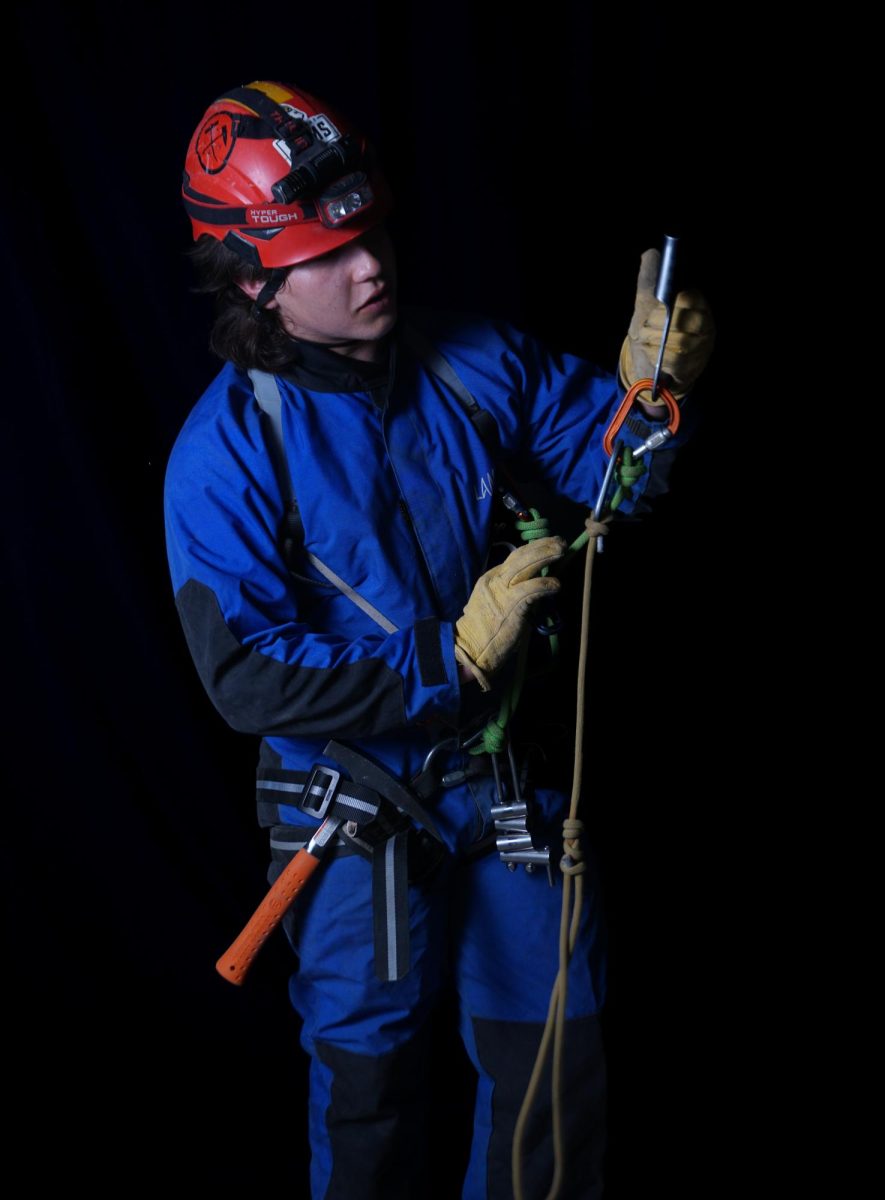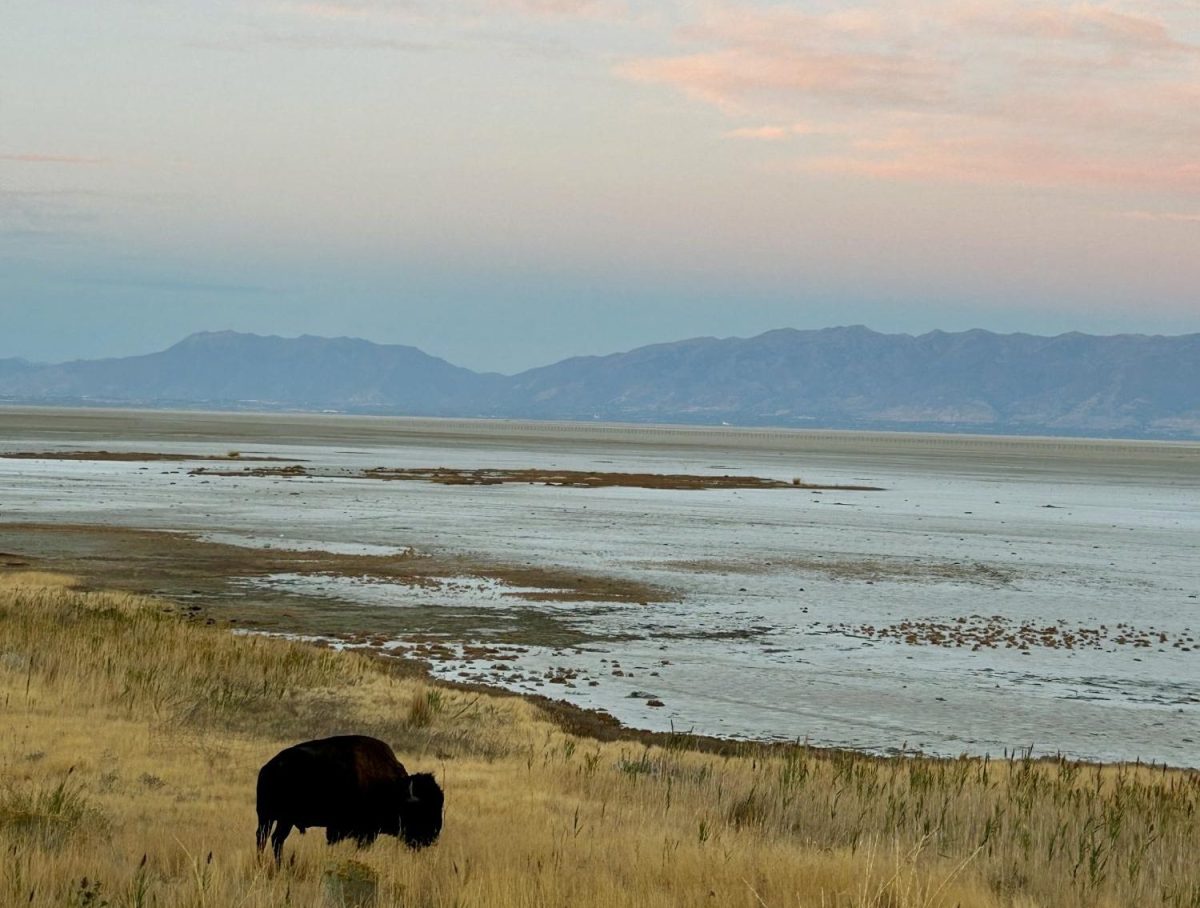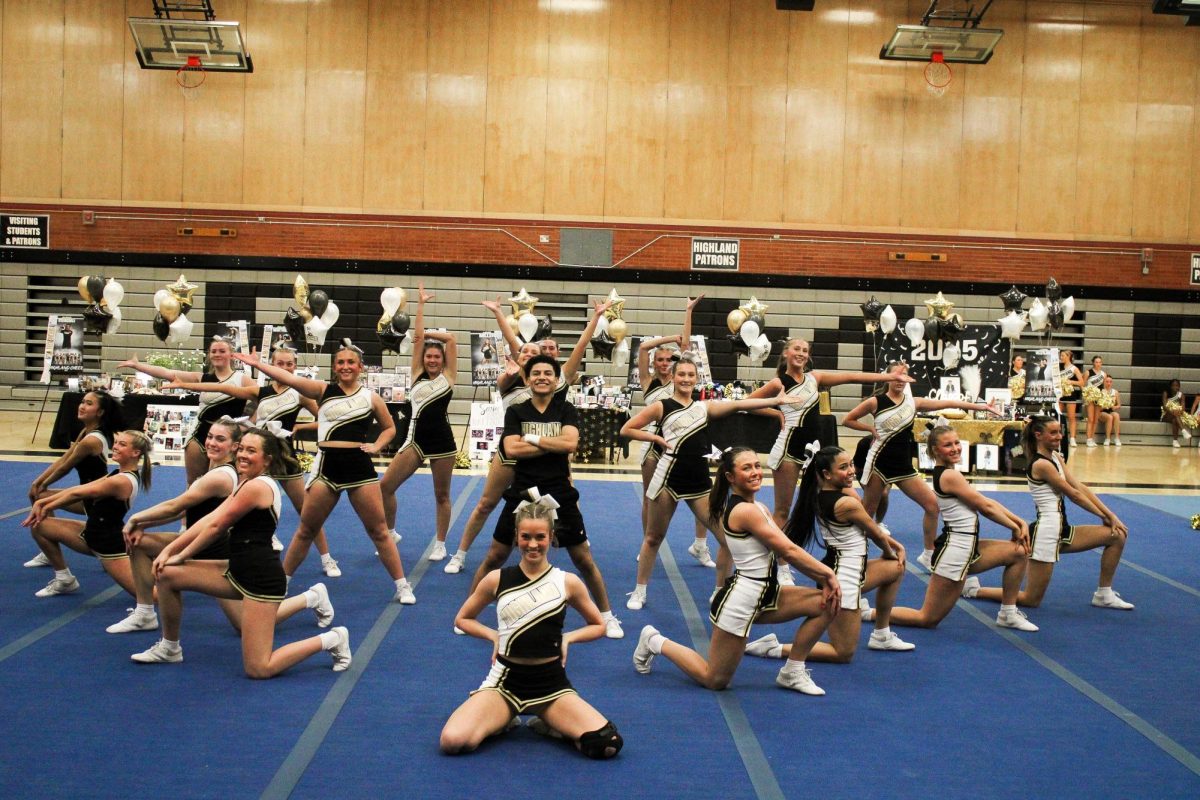In 2009, a young man, John Jones, entered Nutty Putty Cave full of excitement for the adventure ahead. Little did he know, he would spend the next 27 hours stuck upside down in a tight crevice, until his unfortunate passing.
The name Nutty Putty is notorious in the caving community and has become a staple example of how quickly caving can go wrong. Despite nervous doubts from family and friends, Highland juniors Sam Meikle and James Foulger have found a love for this activity like no other.
The pair began their caving journey last school year when they learned about it from Highland’s former earth science teacher Dr. Thomas Evans.
As they got to know him more, he began sharing stories about his caving adventures and their curiosity took over. The two eventually joined Evans on several escapades and have become a key part of Utah’s caving community.
Meikle and Foulger have been given the opportunity to assist the national park service with archeological and speleological research.
Just a few months ago, the two were called out to help map Little Brush Creek Cave, which is considered the longest cave in Utah, sitting at 7 miles long. The cave sits in the Uintah Mountains and is difficult to map because it is typically flooded. On the first day, the two discovered and mapped a virgin passage. Foulger then connected the passage to Toothbrush Cave, thus forming the Little Brush Creek Cave system.
There is far more to discover within Little Brush Creek Cave, but their efforts have played an instrumental role.
Meikle and Foulger had not planned to become so immersed within the caving community, but because of their pivotal research, the pair have access to caves that cavers normally wait several months for a permit to enter. Their experiences have given them the opportunity to work with a variety of people and several organizations, which makes this hobby so unique.
Caving is incomparable to most sports. This outdoor activity involves physical exercise combined with the unique excitement of exploration.
Beyond this, caves often require the caver to navigate through vastly tight spaces. It is not for the faint of heart — particularly not for anyone with even the slightest case of claustrophobia but adventuring through these tedious spaces also demands intense patience. For many, the mental strain of caving is considered the most difficult part of the sport.
It is a sport of mind over matter, but passion says the thrill of discovery outweighs the potential danger lurking in the dark.
An example is when Meikle and Foulger crawled through a 2-by-2-foot cavern, which is, ironically, considered large for caving. They had to crawl onto a ledge that was no more than a foot wide. They then descended into a crevice by pressing their legs against each wall to reach a rope that would aid in their passage. The two had to walk their way down the wall in this manner for about 10 feet, with a 60-foot pit beneath them.
“In doing this, I fell about six feet before catching myself on the rope with about 60 more feet to fall if I had not caught myself,” Meikle said. “In that moment, Foulger and I realized how important safety was in caving.”
No matter how prepared a caver is, they must enter a cave with the mindset that anything can go wrong. At the end of the day, caves are an extremely dangerous environment. For this exact reason, prioritizing safety and trusting your judgement are some of the most important tools in caving.
“You always have to be vigilant in a cave no matter how much fun you are having or how prepared you are,” Meikle said. “Even if you are a professional, caves ultimately are not meant for humans.”
However, as grueling as caving can be, the risk is usually worth the reward. That is what keeps cavers coming back.
“To be 3,000 feet underground and a couple of hours from the exit and knowing that this is the midpoint. That is where I get my rush. Knowing that I am somewhere that no person has ever been,” Meikle said.
Caving can provide a complete disconnect from the outside world. The unground caverns are an oasis that allows cavers to experience life from a whole new perspective. Often, cavers will wake up and enter the cave before sunrise and will not reemerge until dark.
“There’s a special essence to not seeing the sunlight for a week straight,” Foulger said.
This unexpected hobby has turned into a pathway towards the future for both Meikle and Foulger. Though Foulger does not plan to pursue caving as a profession, he does plan to pursue it as an amateur interest for as long as possible. Meikle, however, can see himself using his experience in caving to lead him down a career path, potentially in geology.
In the meantime, the two plan to continue caving together for now.
“We love doing it together, it is a great time to spend together,” Meikle said. “The things that we have been able to see and the things that we have been able to do have been absolutely amazing.”
These gloomy chambers, no matter how icy or dingy they may be, will always have an atmosphere that inspires these young spelunkers.
































